Description
Havana rabbits, known for their rich fur and compact body, are a popular choice among rabbit enthusiasts. This breed offers benefits for both farmers and pet owners.
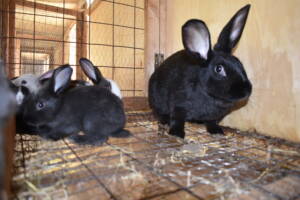
General Description
Color Variations
Havana rabbits are prized for their deep, glossy fur. They come in several color variations:
- Black: A deep, shiny black that is uniform across the body.
- Blue: A rich, dark blue that is evenly distributed.
- Chocolate: A dark brown, resembling the color of chocolate.
- Broken: Any of the above colors with white patches.
Physical Characteristics
Havana rabbits have a compact, well-rounded body with a short neck and well-developed muscles. Their fur is dense and soft, providing a luxurious feel.
- Weight and Size: Mature Havana rabbits typically weigh between 2.5 to 4.5 kilograms (5.5 to 10 pounds).
- Maturity Age: They reach maturity at around 6 to 8 months of age.
Uses and Benefits
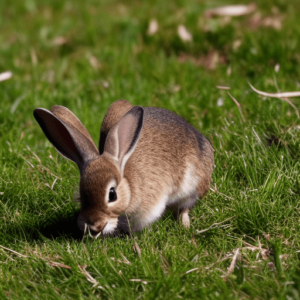
Meat-to-Bone Ratio
Havana rabbits have a higher bone-to-meat ratio compared to breeds like the New Zealand White. This makes them less efficient for meat production but still viable for small-scale farming due to their size and meat quality.
Suitability for Meat Production
- Large-Scale Farming: Havana rabbits are less ideal due to their higher bone-to-meat ratio and slower growth rate.
- Small-Scale Farming: Suitable for small-scale farming where the focus is on diverse outputs like fur and meat, as well as for hobbyists and pet owners.
Behavioral Characteristics
Havana rabbits are known for their calm and friendly temperament, making them excellent pets and manageable farm animals.
Temperament
- As Pets: They are affectionate, enjoy human interaction, and are relatively easy to handle.
- As Farm Animals: Havana rabbits are docile and easy to manage, though they may require more care than some other breeds due to their health needs.
Mothering Ability
Havana rabbits exhibit good mothering abilities, though they may not be as prolific as some other breeds. They are attentive and nurturing, making them reliable breeders.
Health and Care
Common Health Issues
Havana rabbits are generally healthy but can be prone to specific issues:
- Aural Problems: Due to their compact body, they can suffer from ear infections.
- Dental Issues: Like many rabbits, they may experience dental problems due to improper alignment of teeth.
- Heat Stress: They are sensitive to high temperatures, which can lead to heat stress.
Fur Quality and Uses
The fur of Havana rabbits is one of their most distinctive features. It is dense, soft, and glossy, making it suitable for crafting and textile use.
Best Practices for Care
- Diet: Provide a high-fiber diet consisting of hay, fresh vegetables, and a limited amount of pellets.
- Housing: Ensure they have spacious, well-ventilated enclosures to prevent heat stress.
- Health Check-Ups: Regular veterinary visits to monitor their dental and overall health are essential.
Unique Facts and Differentiation
Unique Facts
- Origin: Havana rabbits were first bred in the Netherlands and are named for their rich chocolate color, reminiscent of Havana cigars.
- Popularity: They are known for their show-quality fur, making them popular in rabbit shows.
Differentiation from Other Breeds
Havana rabbits are often confused with other dark-colored breeds. Key differences include:
- Fur Texture: Havana rabbits have a denser, glossier fur compared to breeds like the Satin.
- Body Shape: They have a more compact and muscular body compared to the more elongated shape of the American Sable.
Behavior with Humans and Other Animals
- Humans: They are affectionate, enjoy being handled, and are known to be good with children.
- Other Animals: Generally, they get along well with other rabbits and household pets if introduced properly.
Characteristics Comparison
| Trait | Havana Rabbit | New Zealand White Rabbit |
|---|---|---|
| Weight (kg) | 2.5-4.5 | 4-5 |
| Meat-to-Bone Ratio | Lower | Higher |
| Maturity Age | 6-8 months | 4-5 months |
| Average Daily Feed Intake | 68.35 ± 3.94 g | 79.95 ± 3.43 g |
| Average Daily Weight Gain | 14.26 ± 0.21 g | 18.46 ± 1.02 g |
| Total Weight Gain | 798.54 ± 19.37 g | 1033.69 ± 76.35 g |
Thermo Physiological Traits
| Parameter | New Zealand White | California White | Palomino Brown | Havana Black |
|---|---|---|---|---|
| Rectal Temperature (°C) | 38.68 ± 0.02 | 38.75 ± 0.03 | 38.97 ± 0.03 | 39.32 ± 0.03 |
| Respiratory Rate (breaths/min) | 63.09 ± 0.58 | 65.40 ± 0.50 | 68.90 ± 0.70 | 69.54 ± 1.65 |
| Pulse Rate (beats/min) | 163.23 ± 0.47 | 169.35 ± 0.65 | 179.54 ± 0.50 | 184.35 ± 0.78 |
| Heat Stress Index | 1.80 ± 0.01 | 1.85 ± 0.02 | 1.92 ± 0.02 | 1.93 ± 0.02 |
Conclusion
Havana rabbits are a versatile and rewarding breed for both farmers and pet owners. Their unique fur, calm temperament, and manageable size make them a great choice for small-scale farming and as pets. While they may not be the most efficient for meat production, their overall benefits and charm make them a valuable addition to any home or farm. Whether you choose them for their companionship or their contribution to small-scale farming, Havana rabbits are a wonderful addition to any home or farm.





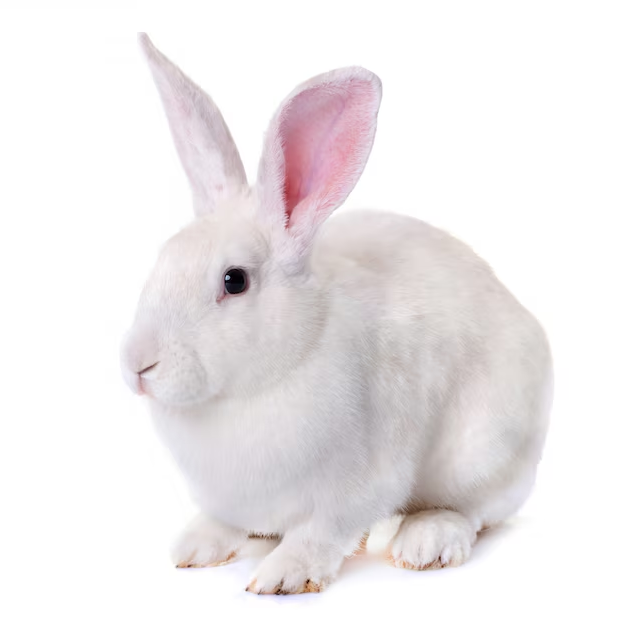
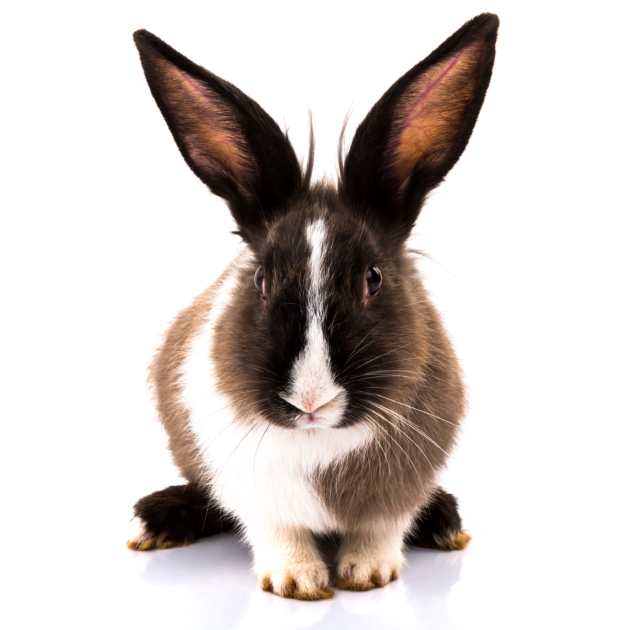
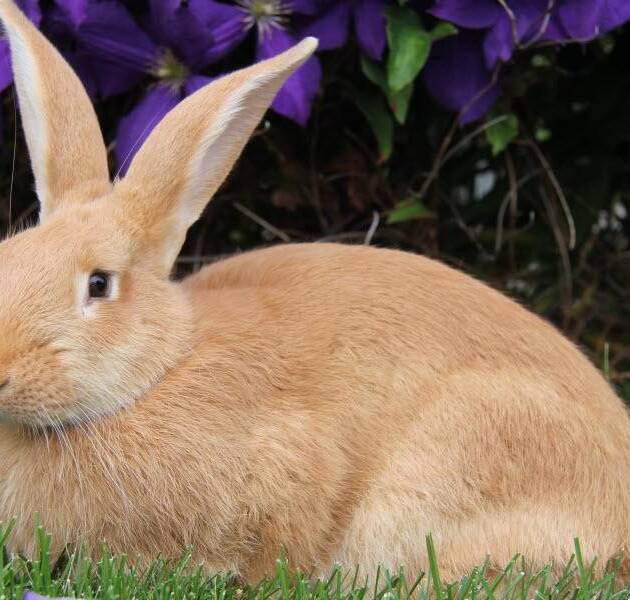
Reviews
There are no reviews yet.